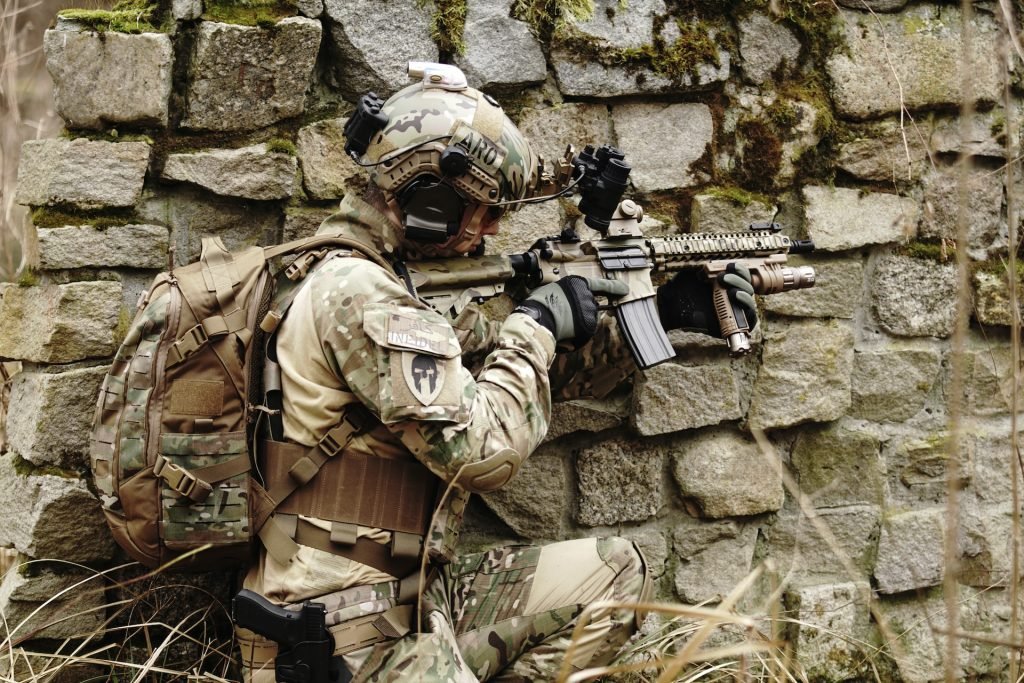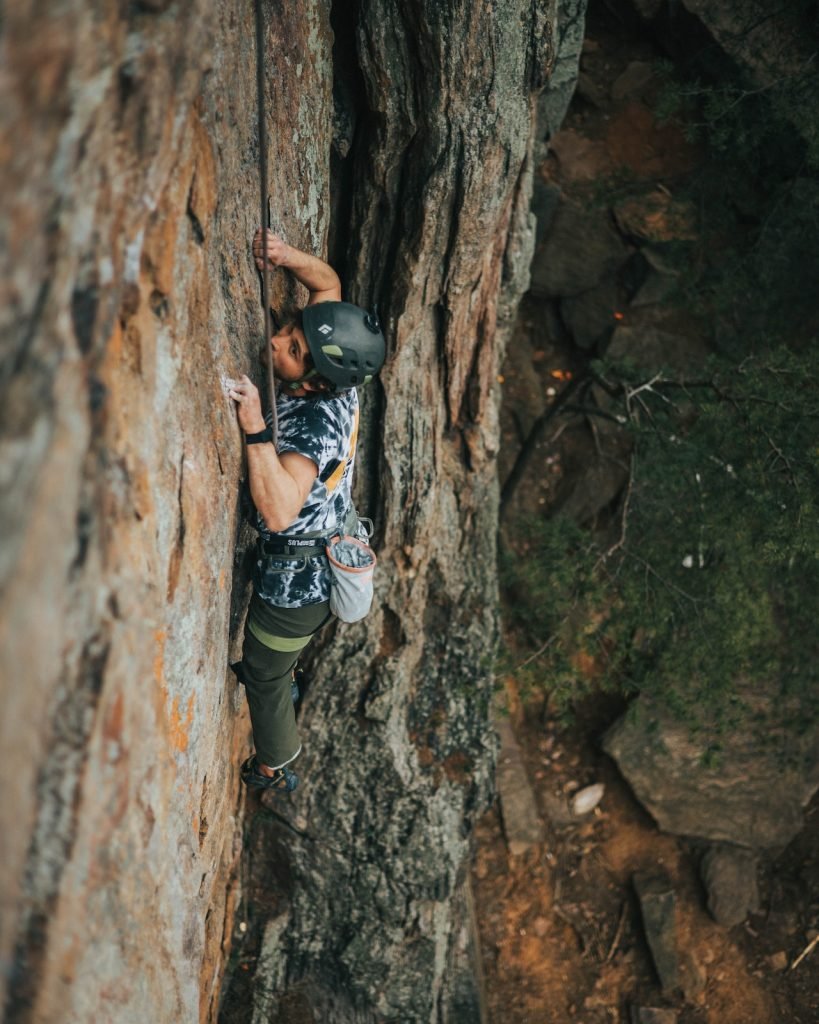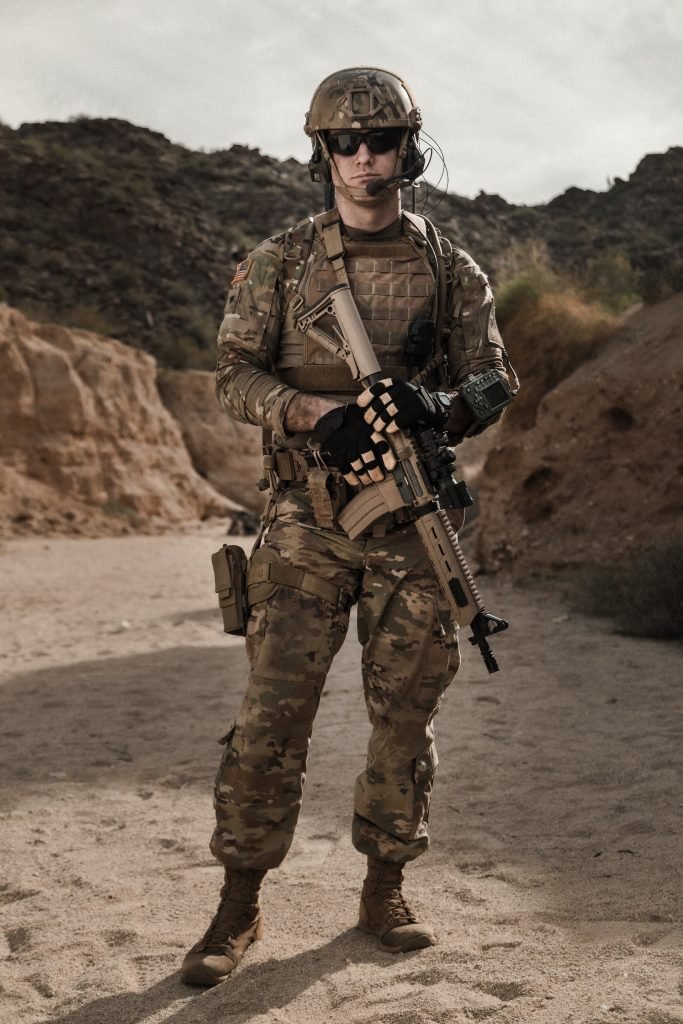Indeed, tactical gear has come a long way since its introduction. It has undergone continuous evolution, making it an indispensable component for individuals in various professions, such as emergency responders, law enforcement officers, military personnel, and outdoor enthusiasts.
Designed to enhance mobility, performance, and survivability, tactical gear is characterized by its versatility, durability, and functionality.
These features enable it to meet the demands of highly intensive circumstances. In this article, we will delve into the evolution of tactical gear, highlighting its advancements and key features that have solidified its position as one of the most relevant tools in today’s world.
How Did Tactical Gear Begin?
Tactical gear has its roots in ancient civilizations, where specialized equipment and armor were utilized for combat purposes.
From the bronze cuirass worn by the Greeks to the suits of armor worn by medieval knights, early tactical gear aimed to provide protection and enhance survival in the battlefield.
As warfare strategies evolved, so did the tactical gear, adapting to the specific needs of the changing battlefield environment.
Enhancing Functionality in Modern Tactical Gear
In the 20th century, we witnessed significant advancements in the design of tactical gear, with a focus on integrating versatility and functionality. Materials like Kevlar, nylon, and other synthetic fabrics became invaluable to the industry.
These materials offered durability while being lightweight, contrasting with traditional heavy-duty tactical gear. Innovative technologies allowed for the incorporation of advanced features, improving performance across various domains.
What are the Different Components of Tactical Gear?

Footwear
When navigating rugged terrains, tactical boots are ideal for providing ankle support, stability, and protection against holes and impacts. They often include important features such as insulation, waterproofing, and slip-resistant soles that can handle various weather conditions.
Clothing and Apparel
Tactical clothing and apparel serve multiple purposes, offering concealment, protection, and comfort. Made from specialized fabrics and camouflage patterns, they aid in blending with different environments. Breathable designs and moisture-wicking materials ensure long-lasting comfort. Additionally, modular clothing systems allow customization based on climate or mission requirements.
Load-Bearing Equipment
Tactical gear encompasses a wide range of load-bearing systems, including battle belts, chest rigs, and plate carriers. These components enable efficient weight distribution, allowing you to carry essential equipment such as mission-specific tools, medical supplies, communication devices, and ammunition.
Communication Devices
Whenever there are tactical operations, it is important to have smooth communication. Advanced gear incorporates communication systems including earpieces, radios, and headsets, so real-time information can be shared and there will be efficient coordination among the team members.
Protective Gear
In high-risk situations, personal protective equipment (PPE) can be relevant. This includes body armor, knee and elbow pads, gloves, goggles, and ballistic helmets that can offer you crucial protection against environmental hazards, blunt force trauma, and ballistic threats.
Weapon Accessories
Tactical gear also incorporates weapon attachments such as rail systems, suppressors, foregrips, and optical sights. These weapon accessories can help in improving adaptability, stability, and accuracy. In this way, you can customize your firearms based on your mission requirements and specific needs.
What are Some of the Advanced Features of Tactical Gear?

Due to the advancement in technology, you can find that modern tactical gear comes with the most innovative features. The following are just some of them:
Integrated Technology
The integration of technology has transformed tactical gear into smart systems. Modern advancements include features such as power sources, biometric sensors, night vision capabilities, and built-in GPS. These additions extend operational capabilities, enhance situational awareness, and provide valuable information.
Mobility and Ergonomics
Contemporary tactical gear prioritizes mobility and ergonomics, allowing for an enhanced range of motion and reduced weight. Adjustable features, anatomical shaping, and advanced materials are utilized to provide optimal comfort without compromising functionality.
Enhanced Ballistic Protection
The development of lightweight yet highly effective ballistic materials, such as composite fibers and modern ceramics, has greatly improved body armor. This allows for enhanced protection while reducing bulk and weight, ensuring increased mobility and agility.
Improved Weather Resistance and Durability
Utilizing advanced materials such as weatherproof coatings, reinforced stitching, and ripstop fabrics, has greatly improved the weather resistance and durability of tactical gear. This guarantees protection and long-lasting performance, especially in demanding environments.
What are the Benefits of Tactical Gear?

Tactical gear plays a significant role in various activities and professions that require high levels of performance, adaptability, and mobility. Whether it’s for outdoor enthusiasts, law enforcement officers, or military personnel, tactical gear is more than just equipment.
One of the major benefits of tactical gear is its ability to provide protection and enhance safety. Items such as protective eyewear, ballistic helmets, and body armor help to safeguard individuals from threats and injuries.
These crucial components of tactical gear reduce the risk of harm and enhance survivability, particularly in dangerous situations. Additionally, the inclusion of high-visibility and reflective materials improves visibility, especially in hazardous or low-light conditions, minimizing the risk of accidents.
Tactical gear is designed to enhance performance in demanding circumstances. Adjustable features, lightweight materials, and ergonomic designs offer freedom of movement and optimal comfort, reducing fatigue and improving performance over extended periods. The integration of advanced technologies further aids in achieving successful missions.
Longevity and Durability
Another crucial benefit of tactical gear is its longevity and durability. Tactical gear is constructed with weatherproof coatings, reinforced stitching, and high-quality materials to ensure that it can withstand rigorous use and harsh environments. Its durability translates to a longer lifespan, minimizing the need for frequent gear replacements and ultimately saving you money in the long run.
Wearing tactical gear also instills a sense of preparedness and confidence. Knowing that you are equipped with reliable gear can have a psychological effect, boosting morale and allowing you to focus more effectively on your mission. With this mental preparedness, you can perform at your best, make sound decisions, and improve overall effectiveness.
Conclusion
Ultimately, the evolution of tactical gear has been greatly influenced by the demands and requirements of various professionals in high-intensity situations. From the ancient warriors to traditional modern-day professionals, tactical gear has improved to provide customization options, functionality, and superior protection.
The incorporation of ergonomic design principles, advanced materials, and innovative technologies has greatly transformed tactical gear, making them the most vital tool for improving performance and mobility.
Moving forward, we can expect to see further advancements in intelligent systems, technologies, and materials, pushing the boundaries of tactical gear. This can guarantee effectiveness and safety, especially for those people who entirely depend on them during critical situations.
LCR Services manufactures various types of tactical gear. We manufacture customized products for the defense and private sectors. We have several professionals that can cater to your High Volume Cut & Sew project. For more information, you can get in touch with us at 602-200-4277 or send us a message at sennsour@lcrsvcs.com.
